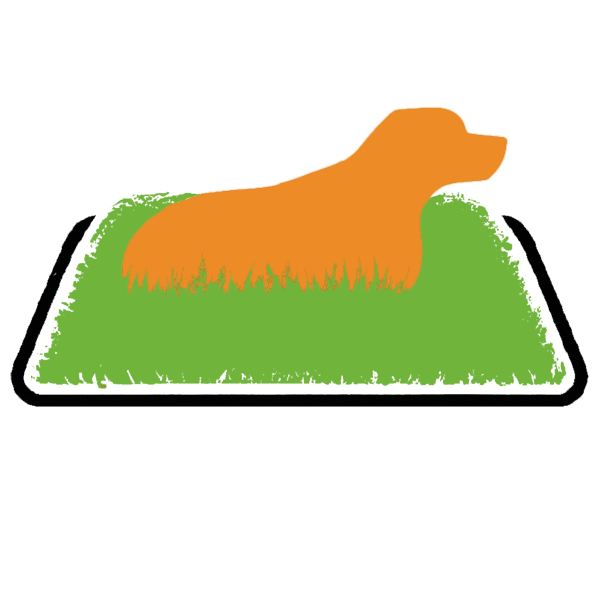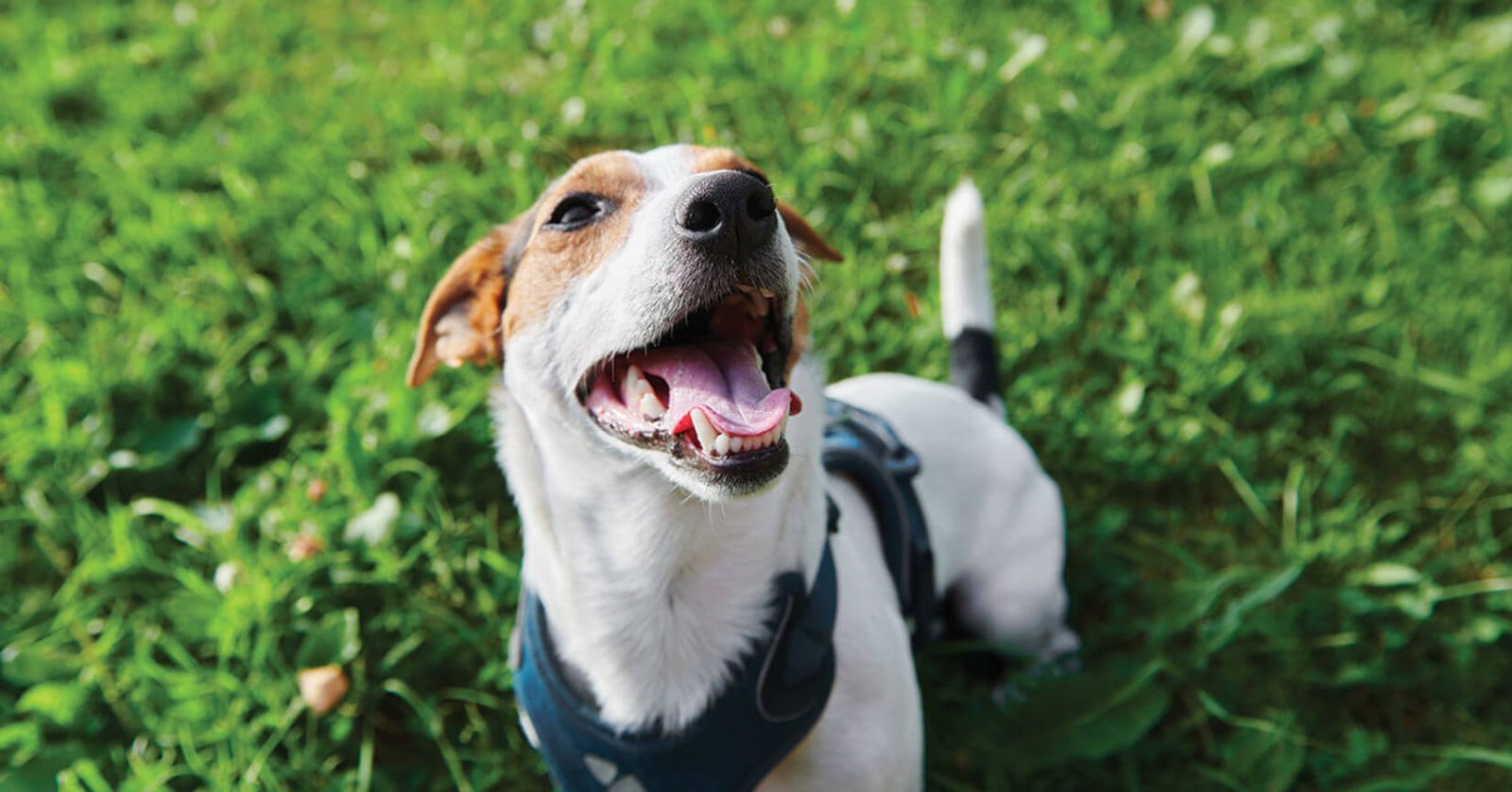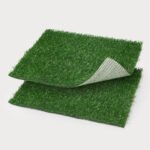How to Choose the Right Height of Artificial Grass for Your Home or Business
When it comes to choosing the correct height of artificial grass for your home or business, there are several factors you need to consider. From the amount of foot traffic and sun exposure, your lawn will get the look and feel you want to achieve. A lot goes into selecting the right height for your artificial grass. With this guide, we will help you make an informed decision so that you can find the perfect size of artificial grass for your needs. House Grass HeightIn general, the height of house grass is a popular option for its beauty and low maintenance. The height of house grass will depend on the type of plants used in your garden. If you are considering a specific type of plant for your lawn, you can reference our list of perennial plants suitable for high or low-light gardens to help determine the right shape and size to put in your yard. For example, if you have high light requirements but need soil with good drainage, consider using perennial plants like crested iris or hosta that require less maintenance than turf grasses like blue gram or buffalo grass.
The Benefits of Installing Artificial Grass
Artificial grass has become famous for pet owners due to its low maintenance, cost-effectiveness, and long-lasting durability. Installing synthetic grass for your pet offers many benefits, including reducing mud and dirt in your home and yard, eliminating the need for chemical fertilizers or pesticides, and providing a safe surface that is gentle on your pet’s paws. Artificial grass also helps keep odors at bay by quickly absorbing urine and other liquids. With the right products like grass pads, dog pee pads, fresh patches, dog litter boxes, fake grass for dogs, doggie-lawn balcony dog potty, and dog grass pad, you can make sure that your pet has a comfortable place to relax and play without having to worry about mud or dirt getting tracked inside your home. A dog grass pad is a great way to clean up after your pet and keep your home free of muddy paw prints. This product removes dirt, mud, and grass from your home while allowing easy cleaning. The pet grass pad is made from non-toxic material that can be rinsed with water or thrown away when soiled. Outdoor pads can also be a great way to ensure your pet stays dry outside.
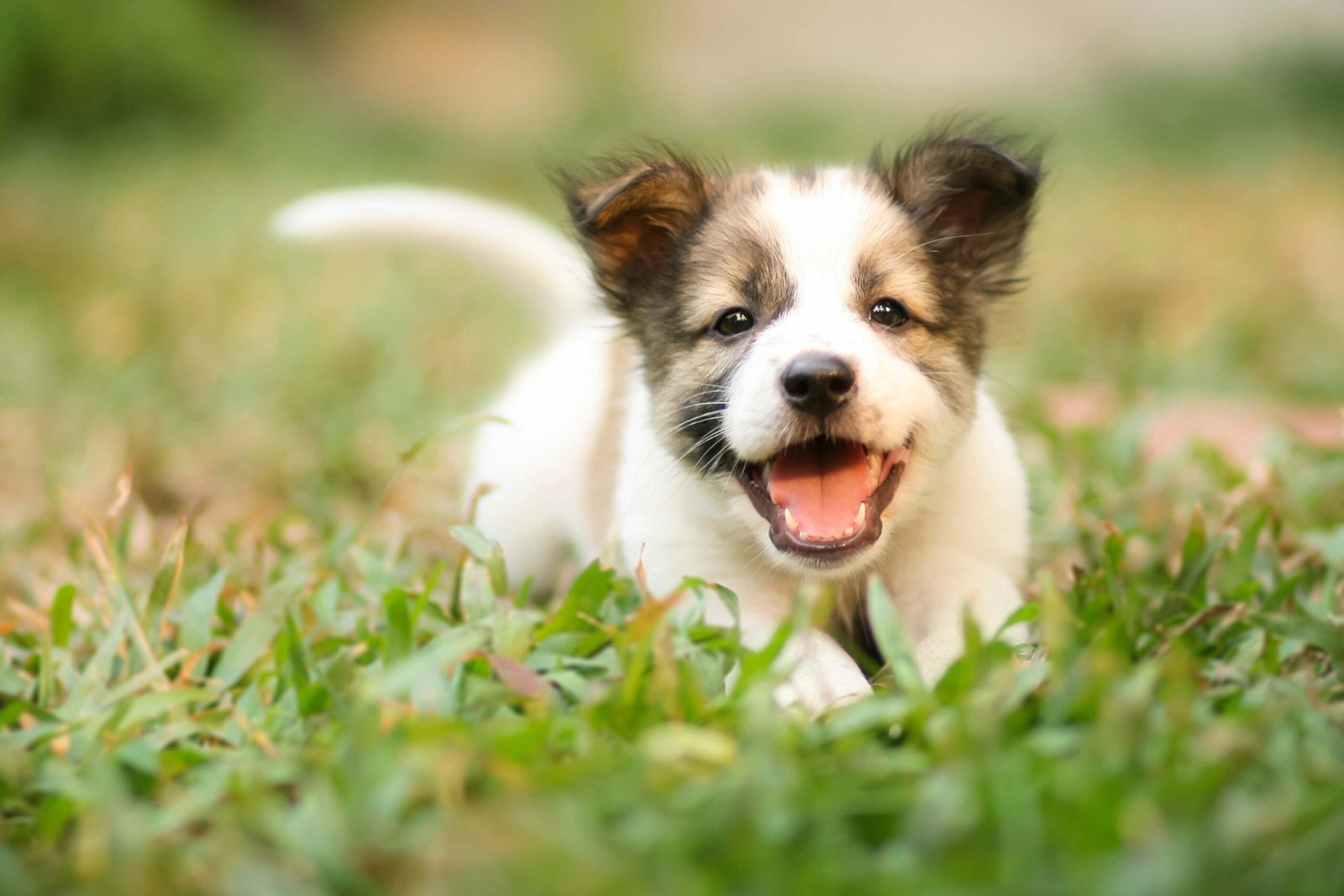
They are easy to clean and last longer as they can be rinsed with water or thrown away when soiled. The use of synthetic grass is rapidly growing. Artificial turf is used in many applications, including athletic fields, playgrounds, and in-ground swimming pools. It’s also used for landscape purposes like roofing over terraces and verandas. Synthetic turf has many benefits over natural turf; however, artificial turf also has disadvantages. Artificial grass uses less water than natural grass to produce its footprint, using less fertilizer and pesticide inputs than natural turf systems. However, research shows that other substances are often released into the air around synthetic fields, where they can be inhaled or released into the soil, which can cause health problems. There are also concerns regarding using artificial surfaces with heavy metals that can harm athletes who come in contact with them.
An Overview of Different Heights of Artificial Grass Available on the Market
Artificial grass is becoming increasingly popular for pet owners looking for a safe and easy way to keep their pets clean and comfortable. With so many options on the market, deciding which artificial grass is right for your pet can be challenging. From grass pads to dog pee pads, fresh patches, dog litter boxes, fake grass for dogs, doggielawn, balcony dog potty, and even a dog grass pad – there are many different heights of artificial grass available to choose from. This article will provide an overview of the different types of synthetic grass on the market and how they can benefit your pet. Doggy Grass Pads: For those looking for a more traditional style of artificial grass, doggy grass pads are the first to come to mind. These mats are made of nylon or sisal and can be unrolled in any shape or size. They are easy to clean and can be rinsed off with water, making them ideal for dog crates. The downside is that they cannot stay in one place, so if your pet has a habit of walking off the edge, it may become a nuisance. Fresh Patch: Fresh patch is designed as an artificial grass alternative for dogs with accidents.
This mat is made of natural jute, similar to the texture and look of grass. It has a hole in the center that can be filled with kitty litter or sand, which can help absorb urine. The Fresh patch cannot stand up independently, so it must be placed on an appropriate surface such as wood or tile. The downside is that you must replace this product every three months because it wears down quickly when used by active dogs. Mats are designed for those who want something less permanent than doggy grass pads and fresh patches. These mats are spun polyester and usually shaped like a round circle or rectangle. They can be replaced infrequently because they are made to withstand a lot of wear and tear. The downside is that they cannot stay in one place, so if your pet has a habit of walking off the edge, it may become a nuisance. For more information on what to consider before purchasing dog products for your pet, contact your local veterinarian or an animal hospital.
Factors to Consider When Choosing the Right Height for Your Property
When choosing the right height for your property, many factors must be considered. From the type of grass pad you select for your dog to the size of the dog pee pads and even the kind of fake grass for dogs, all these factors can impact your property’s high or low. Additionally, if you have a balcony or a terrace, consider getting a dog litter box or doggielawn explicitly designed for those areas. Lastly, if you want something more permanent and long-lasting, a dog grass pad may be just what you need. All these factors should be considered when deciding the right height for your property. The following list offers suggestions on the maximum size of your dog litter box or doggie lawn based on the location of your property.
Advantages and Disadvantages of Different Types of Artificial Grass Heights
Artificial grass has become popular among pet owners as it provides a safe, low-maintenance, and cost-effective way to keep their dogs clean and healthy. Different synthetic grass heights offer distinct advantages and disadvantages for pet owners. From grass patches for dogs to dog potty grass, indoor dog potty systems, and even artificial turf for dogs, many options are available. This article will discuss the advantages and disadvantages of each type of synthetic grass height to help pet owners decide when selecting the best choice for their furry friend. The low-maintenance artificial grass height is perfect for pet owners looking to prevent their dogs from tearing up the natural grass in their backyard. These types of synthetic grass are designed with a hard surface that is easy to wash, maintain and clean with a blower or broom. Low-maintenance artificial grasses are long-lasting and can last anywhere from three to five years, depending on the material used for construction. Disadvantages: Low-maintenance artificial grasses can be stiff on dogs’ paws, so if your dog has a habit of digging or chewing, it may wear through the material quickly.
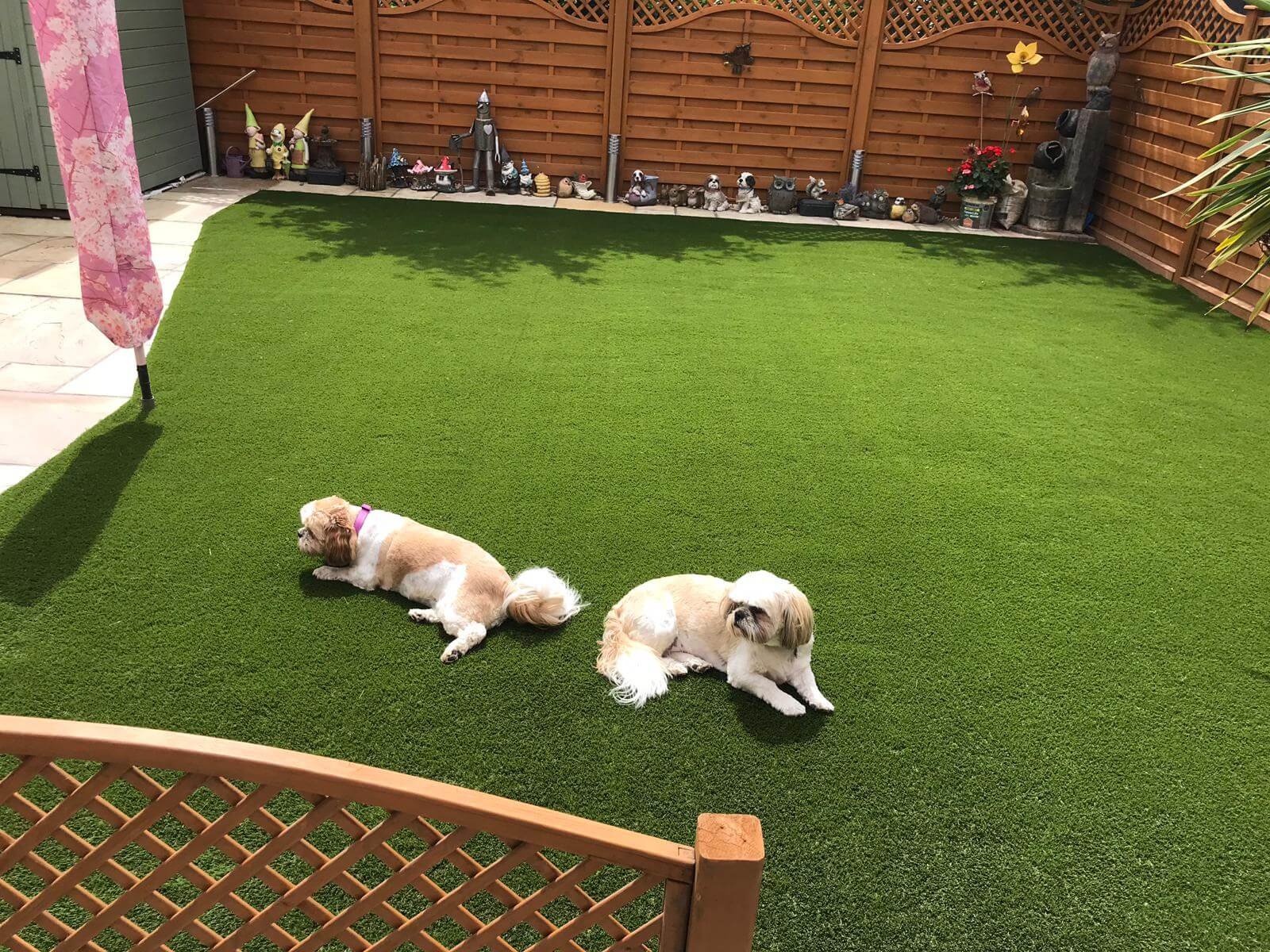
Get Professional Advice on Choosing the Best Height for Your Artificial Grass Installation
When installing artificial grass for your pet, there are many factors to consider. From the type of grass to the height, you need to ensure you get it right. Choosing the best size for artificial grass installation ensures your pet has a safe and comfortable place to play and rest. Professional advice can help you decide the ideal height for your artificial grass installation. This article will explore some critical considerations when choosing a suitable size for your artificial grass installation, including types of synthetic grass ideal for dogs, how much space is needed, and other essential factors such as drainage and maintenance requirements. There are three main types of synthetic grass that you can install for your pet. These include Low-height turf: This artificial grass is suitable for pets such as dogs, cats, and horses. It features a height of between 2cm to 5cm and is most commonly used in yards and buildings. The growth habit is smooth, which makes it easier to maintain. In addition, the low height makes it less likely that children will trip on it. For example, if you are laying down turf in an outdoor area with an entryway or a ramp, it is recommended to lay the turf low so the entrance or ramp won’t be blocked.
Medium-height turf: This type of artificial grass is suitable for pets like Great Danes and Standard Poodles. Its height is 5cm to 10cm, making it easy for your pet to run without tripping on fallen pieces. In addition, this artificial grass can be used in areas that are difficult to maintain, such as walkways or dirt paths. High-height turf: This type of artificial grass is suitable for pets like Akitas and Saint Bernards with large paws. Its height is 10cm to 15cm, making it easy for your pet to run on without tripping on fallen pieces, and it will not block walkways. This artificial grass can also be used in areas that are difficult to maintain, such as dirt paths or outdoor spaces with concrete surfaces. How long does it take for artificial turf to dry? Most types of synthetic turf will dry within four hours after being watered. However, the time it takes for your artificial turf to dry completely depends on factors such as the depth at which your turf was water and the type of synthetic turf you have.

